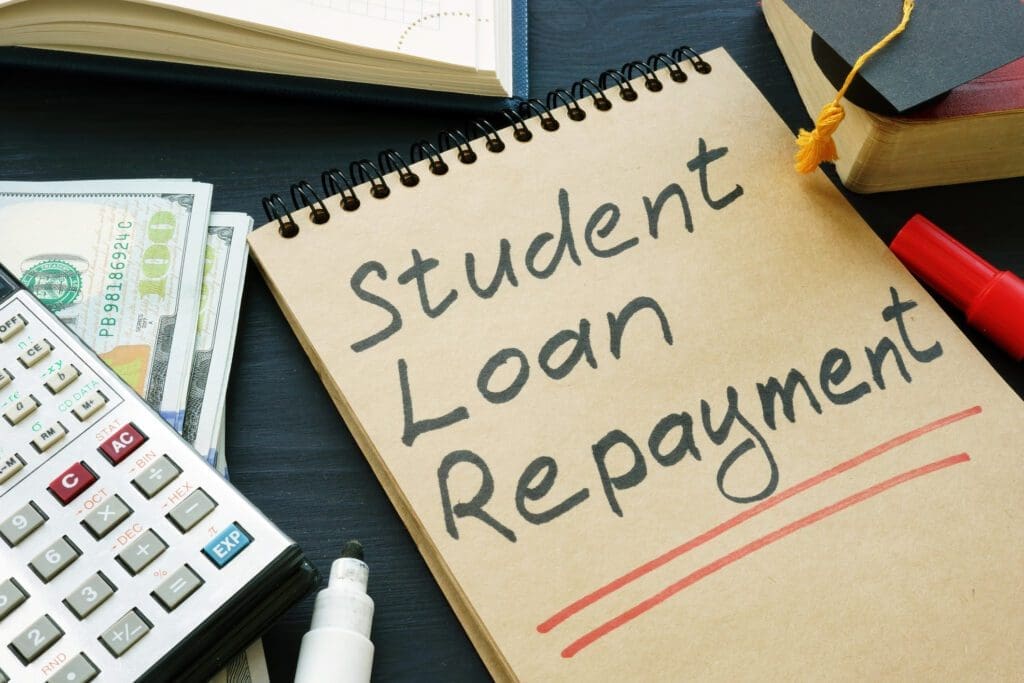 This past week, the Trump Administration announced it would resume collections on defaulted student loan debt. In a statement, Education Secretary Linda McMahon declared, “American taxpayers will no longer be forced to serve as collateral for irresponsible student loan policies.”
This past week, the Trump Administration announced it would resume collections on defaulted student loan debt. In a statement, Education Secretary Linda McMahon declared, “American taxpayers will no longer be forced to serve as collateral for irresponsible student loan policies.”
Starting May 5, the Treasury Department began the process of withholding tax refunds, federal salaries, and government benefits from approximately 5.3 million borrowers currently in default.
Social media quickly lit up with reactions, unfortunately split largely along political lines. This however shouldn’t be treated as a political issue, but as a financial crisis. Unless we shift the conversation away from partisan rhetoric, real solutions will remain out of reach.
Let’s start by understanding the scope of the problem. According to a 2025 NerdWallet study, 42.7 million Americans owe a combined $1.77 trillion in student loan debt, with the average household owing $55,777.
Longtime readers know my stance on debt: it represents one of the greatest threats to personal success. Debt limits opportunity, strains relationships, damages credit, and derails long-term goals like homeownership or retirement. Left unchecked, it doesn’t just cost you money, it steals your freedom.
With such a serious issue before us, where do we even begin? First, we must stop the bleeding. Continuing to issue massive, often predatory, student loans without meaningful reforms will only worsen the problem. As a millennial whose household paid for two bachelor’s degrees and a master’s without taking on debt, I believe I have a good perspective on both the problem and possible solutions.
One thing we must do is change how we view higher education. A degree isn’t a rite of passage to adulthood, it’s an investment. Too many young people enroll in costly programs with little regard for their return on investment, often quitting school or graduating with unmarketable degrees and overwhelming debt.
If a degree is necessary for the career the individual has chosen, students need to approach college as consumers. Cost per credit hour and the universities’ job placement rates should matter more than the beauty of their campus or the record of their sports teams.
Lastly, students must be willing to work. While certainly not easy, with effort and planning, it is still possible to earn a debt-free degree by working part-time or securing scholarships. Any family assistance should just be considered a bonus.
For existing student debt, accountability is key. We need accountability not just from students, but also from the universities issuing these loans. Colleges should be held responsible for a portion of any defaults. Legislative proposals to require schools to reimburse a share of unpaid balances are a step in the right direction. Schools must have more skin in the game when recommending and facilitating these loans.
Finally, although I am philosophically opposed to broad loan forgiveness, we must also consider practical reforms, such as allowing certain student loans to be discharged in bankruptcy or making them permanently interest-free. Without intervention, the crushing weight of this debt could cripple an entire generation and the possibly U.S. economy itself.
(Past performance is no guarantee of future results. The advice is general in nature and not intended for specific situations)
